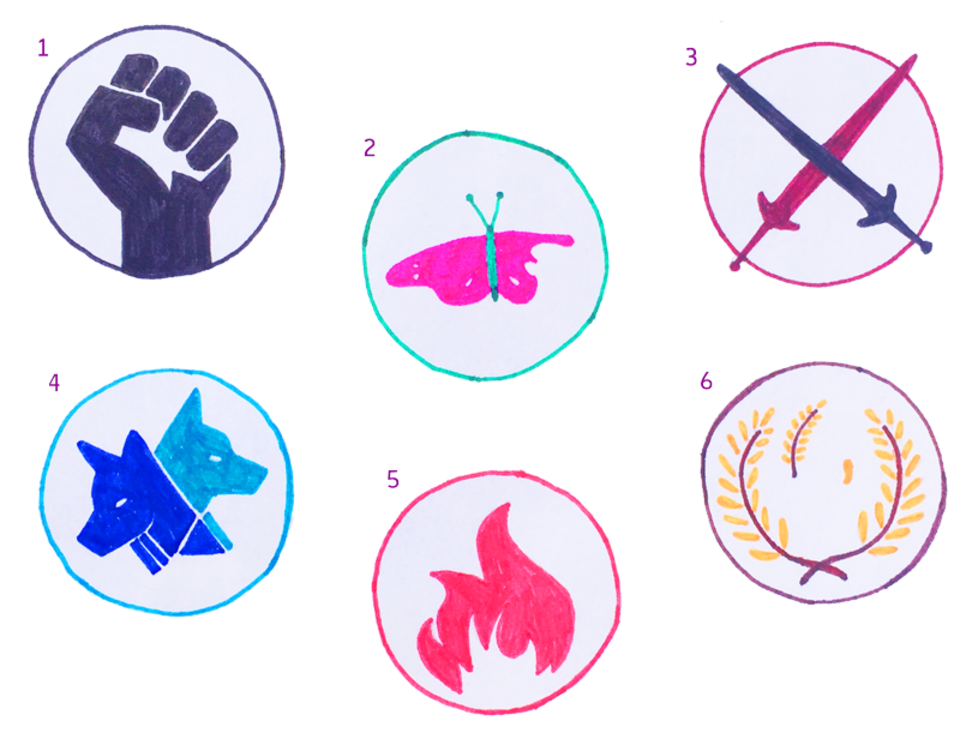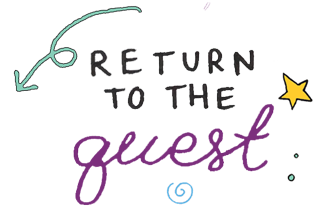
The symbol of independence
This activity is inspired by the Taktikou and Alterlumi dialogues from the philocreation approach of our community partner Brila.
...
| Objective: To propel alternative representations of independence by analyzing this emblematic concept! |
Duration: 30 to 60 minutes
Material:
- Your imagination
- Sheets of paper
- Coloured pencils and markers
Instructions:
Imagine the concept. If you were to create the symbol of independence, what would it look like? For inspiration, think about the various elements found on logos, flags or even road signs. Then, answer the following questions: If independence was ...
- ... a colour, what colour would it be?
- ... a geometric shape, what shape would it be?
- ... a number, what number would it be?
- ... a letter, what letter would it be?
- ... a pictogram, what schematic image would it be?
Visualize each of these elements. For each of them, try to find a reason to explain your choice. Why would you represent independence in this way?
- Look at the symbols. Now look at each of the symbols shown below. Look at the whole picture, then look at every small detail. Which symbol do you think could be the emblem of independence? Why do you think this symbol represents independence?
- Interpret the symbols. If we were to classify each of the symbols, how would we categorize them? Could they be ordered from the best to the worst representation of independence? Identify the criteria that allow you to create this categorization. You can thereafter ask yourself if it is possible to be more or less independent... Are we independent or are we not? Is there an in-between? Is it a question of degree or nature? Could each symbol represent a different way of perceiving and experiencing independence? Challenge yourself to find different facets of independence by giving each symbol a title, and finally ask yourself: So, what is independence?
...
Bonus: Do you think that the best representation of independence is missing from the proposed symbols? Pencils up! Draw your own symbol of independence, using each of the criteria you have identified, then turning your definition into a motto or slogan that will accompany your representation! |

| Tricks for tots: For inspiration, imagine the most independent person in the world! Would they be able to do everything on their own? Would they have friends to help them? Would they have to make all their decisions on their own? Ask yourself if they would like to receive advices to make their choices... or if they would prefer their own ideas and opinions! But could they be influenced? Why or why not? When imagining this person, try to find all the characteristics that make it possible to say that someone is independent. You can then use these criteria to analyze the symbols! |
| Tips for teens: To take your thinking further, think about the concept of independence in relation to the concept of help. Do you think it's possible to be independent while receiving help from others? Do you have to be alone to be independent? Why or why not? Think about the criteria that allow us to tell the difference between receiving help and being dependent. Is dependency always negative? |
Share your creative reflections by sending them via email.
Include photos of your projects and notes of your thoughts, as well as your first name and your age!


